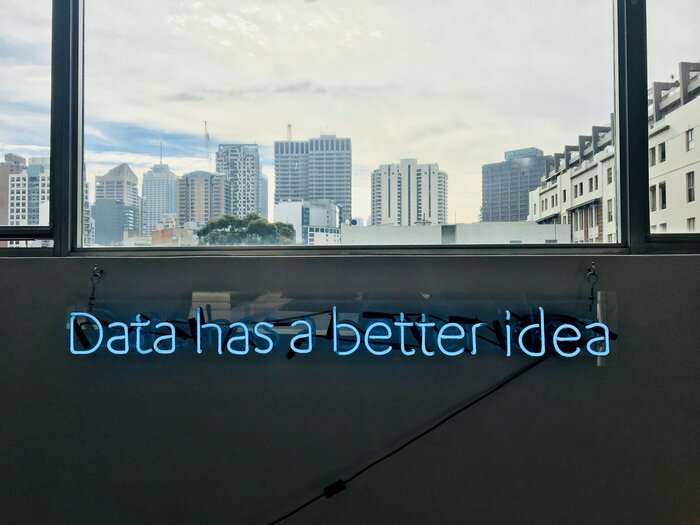Digitalization in bricks-and-mortar retail

The gigantic array of products and the high availability of a huge range of shapes, colors and sizes are still clear advantages for internet traders at present. However, this will not be the case for long. Retailers are upgrading to innovative IT – and now in many cases offer clients much more service than pure online shops are able to.
‘Sold out in your size.’ and ‘I don't know, I'll have to check the system.’ – Two killer phrases that drive many clients straight into the arms of online retailers. Or rather, have driven. This is because physical stores are taking increasingly effective countermeasures. Chain stores are networking their locations and merchandise management systems with the goal of obtaining the requested article promptly after all. Sophisticated algorithms are aimed at making client wishes more predictable. A lot of retailers have an option on their website for clients to get information about available articles. And through Click&Collect, more and more retailers are offering the opportunity to reserve a product so that the client can try it on in the store.
Retail is where it is all happening: Shopping malls are becoming logistics centers
Retailers with their own online stores are already combining the benefits of both worlds: depending on their preferences and the situation, clients can shop in the store and have the goods delivered to their homes; or order on the Web and exchange or return the items in the store. Center operators are putting a lot of thought into the issue of how to centralize these services – and how to involve pure online merchants. On the one hand, this solves the problem of the ‘last mile’ for web shops, a matter which is increasingly becoming a bottleneck in the supply chain. On the other hand, retailers with physical premises benefit from the ability of clients to return their online orders during their shopping trip to the center – because more footfall always means more sales.
Beacons and center apps: Digital teasers for conventional retail stores
A number of digital technologies have the primary objective of actively attracting clients to the stores. An increasing number of shops are using beacons. These mini-transmitters communicate with clients' smartphones, sending personalized offers and product-related information. The first center operators are already bundling the mall's entire product range in their own apps and providing extensive WiFi networks.
Success strategy for digital transformation: Integrating all channels
‘Isolated solutions do not provide clients with the optimal shopping experience and are not really efficient for the company either. We recommend that our clients network all digital touchpoints on one platform.’ York Stahlknecht, Head of Retail at Drees & Sommer, advocates holistic solutions that get clients by means of shopping solutions and catalogs on the Web and on their smartphones, and then target them at the store premises using beacons and animated catalog solutions. Drees & Sommer can provide the relevant comprehensive services. It offers support for chain stores in particular, from the initial planning steps in relation to digital processes through to implementation in the store.
All-knowing sales staff: Actually not a problem at all
What clients in the retail trade expect above all is in-depth personal advice. What often awaits them, however, are salespeople who have been quickly trained on the job. As a matter of fact, getting staff ‘up to speed’ with product expertise is not so difficult nowadays. Mobile terminals represent a relatively inexpensive solution. Combined with animated catalogs and info screens for clients, retailers can easily keep up with webshops in terms of depth of information – while also offering the haptic product experience.
Together into the future: Cross-selling instead of silo thinking
By integrating digital technologies, the bricks-and-mortar retail trade can stand out effectively from the Web-based competition. Yet it is also clear that not every small store can cope with this on its own. More cooperation is needed, for example in the context of shopping centers or neighborhoods. ‘In the retail trade, far too often the neighbor from the same sector is still seen as a competitor. Online trading is also more advanced in this respect. The system used by Amazon – Other clients bought these products – is one of the key factors in its success, and this can be transferred to physical retail stores, for example through joint apps,’ said Drees & Sommer expert York Stahlknecht. More on this in the third part of our small series on the future of the retail trade.


